Engine wiring harness

An engine wire harness, often simply referred to as a wire harness or wiring harness, is a structured set of wires, connectors, and terminals that are bundled together to transmit electrical power and signals between various components within a vehicle's engine compartment. It serves as a central nervous system for the engine, allowing different engine components to communicate with each other and with the vehicle's electronic control systems.
Engine wire harnesses play a crucial role in modern vehicles by efficiently transmitting electrical power and control information to various outlying components. These components include alternators, which generate electricity to charge the battery and power the vehicle's electrical systems. Additionally, engine wire harnesses relay electrical signals to audio systems, ensuring high-quality sound reproduction for an enjoyable driving experience.
Another important component that relies on engine wire harnesses is the battery. The wire harness connects the battery to the rest of the vehicle's electrical system, allowing it to provide power for starting the engine and operating various electronic devices such as lights, infotainment systems, and climate control.
Blower motors are also controlled through these wire harnesses. They regulate airflow within the vehicle's HVAC (Heating, Ventilation, and Air Conditioning) system by controlling fan speed. This ensures optimal comfort for passengers regardless of weather conditions.
Computers in modern vehicles rely heavily on engine wire harnesses to transmit vital data between different electronic modules. These computers monitor various parameters such as engine performance, fuel efficiency, emissions control systems, and safety features like airbags and stability control.
Fuel injectors are another critical component connected via these wiring assemblies. Engine wire harnesses deliver precise electric signals from the ECU (Engine Control Unit) or PCM (Powertrain Control Module) to ensure accurate fuel delivery into each cylinder during the combustion process.
Fuses are essential safety devices that protect against overcurrent situations in a vehicle's electrical system. Engine wire harnesses distribute power from batteries or alternators through fuses strategically placed throughout the circuitry of a vehicle.
Even windshield wipers rely on these wiring assemblies for their operation. By relaying electric signals from switches or sensors located inside a car cabin or on windshields themselves, they enable efficient wiping action during rain or snowfall for improved visibility while driving.
In summary, engine wire harnesses serve as vital conduits that facilitate seamless communication between numerous electronically controlled components found in today's vehicles. Their efficient transmission of electrical power and control information ensures the proper functioning of alternators, audio systems, batteries, blower motors, computers, fuel injectors, fuses, windshield wipers, and many other electrically controlled elements present in automobiles.
Here are some key functions and components typically found in an engine wire harness:
1. Power Distribution: The wire harness distributes electrical power from the vehicle's battery to various engine components, including the ignition system, fuel injectors, sensors, and more.
2. Signal Transmission: It carries signals between sensors and the engine control module (ECM) or engine control unit (ECU). These signals provide critical data about the engine's performance, such as temperature, air-fuel mixture, and crankshaft position.
3. Connector Assemblies: Wire harnesses include connectors and terminals at both ends, which allow easy connection and disconnection of components. These connectors are typically designed to be resistant to environmental factors like heat, moisture, and vibration.
4. Protection: Wire harnesses are often insulated and sheathed to protect the wires from damage and to prevent electrical interference between adjacent wires.
5. Organization: They are carefully organized and bundled to prevent tangling, improve durability, and make installation and maintenance easier.
6. Color Coding: Wires within the harness are often color-coded to help technicians identify and troubleshoot electrical connections.
7. Compatibility: Wire harnesses are designed to be compatible with the specific make and model of the vehicle and its engine. They are typically custom-designed for each application.
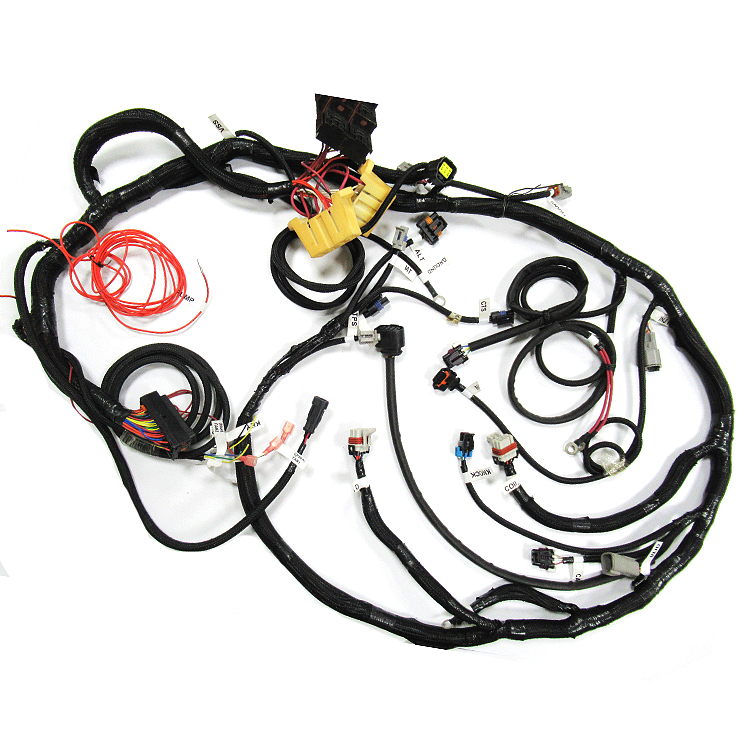 |
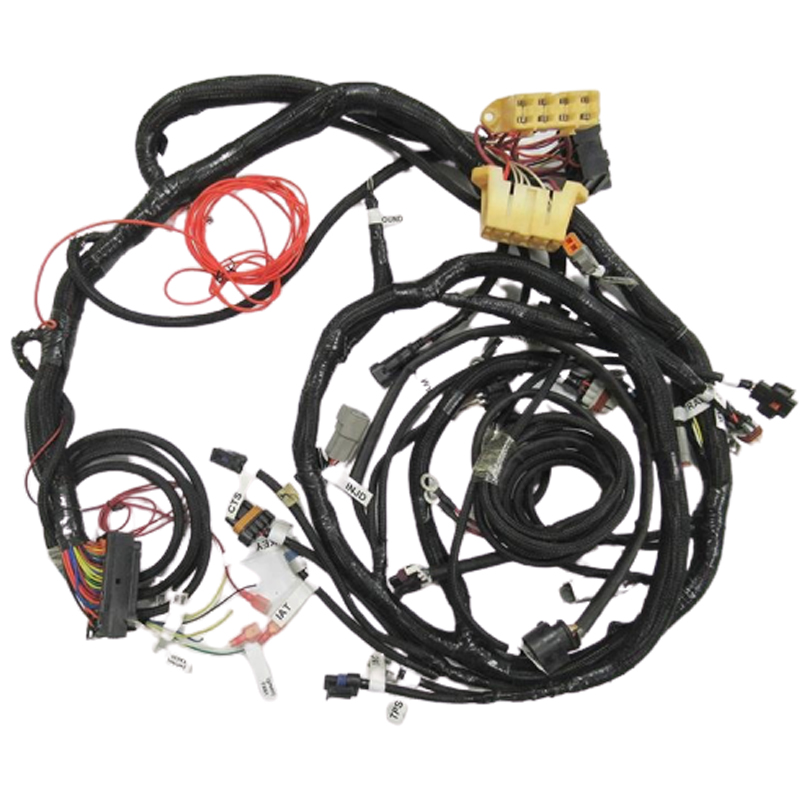 |
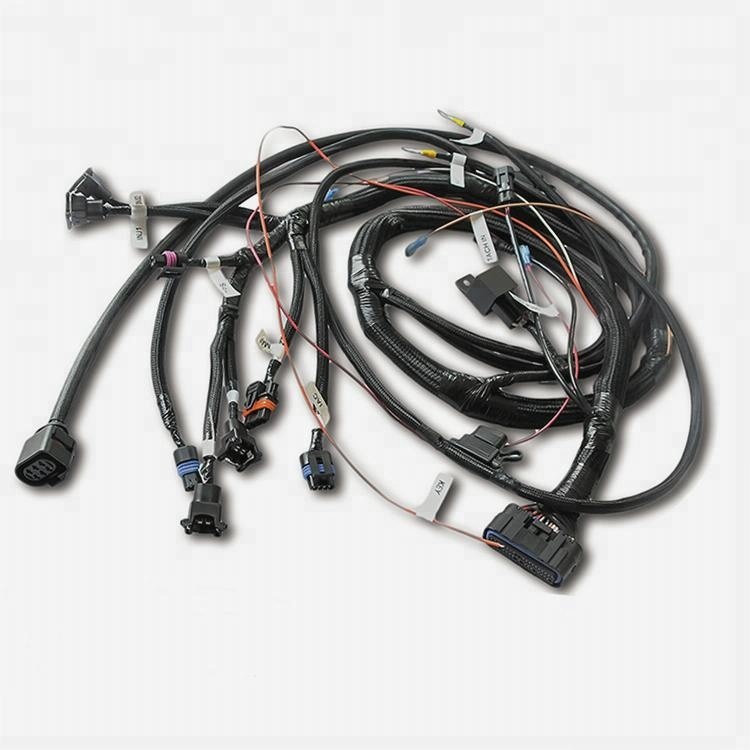 |
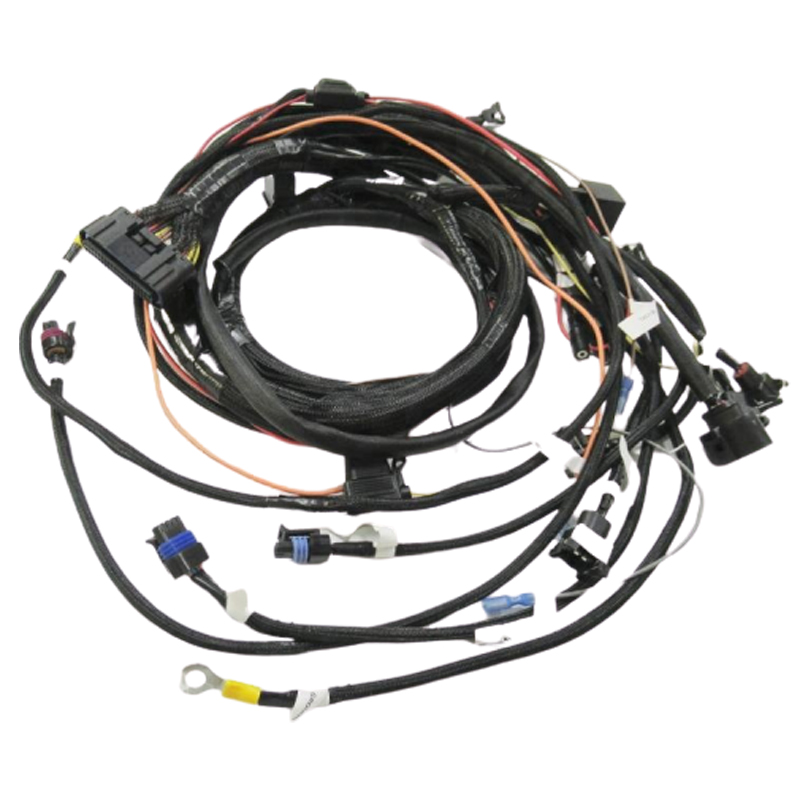 |
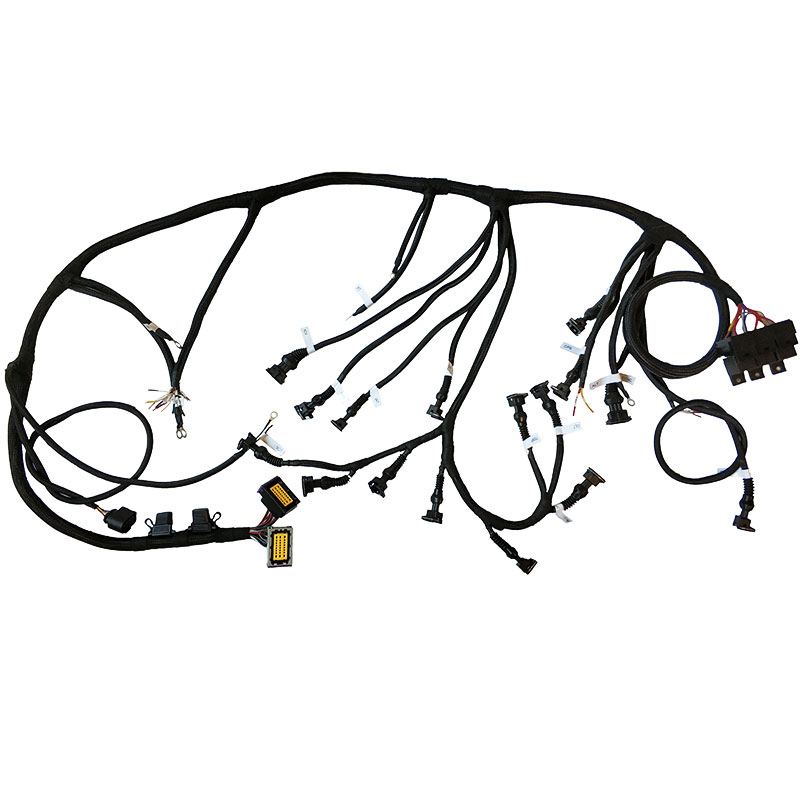 |
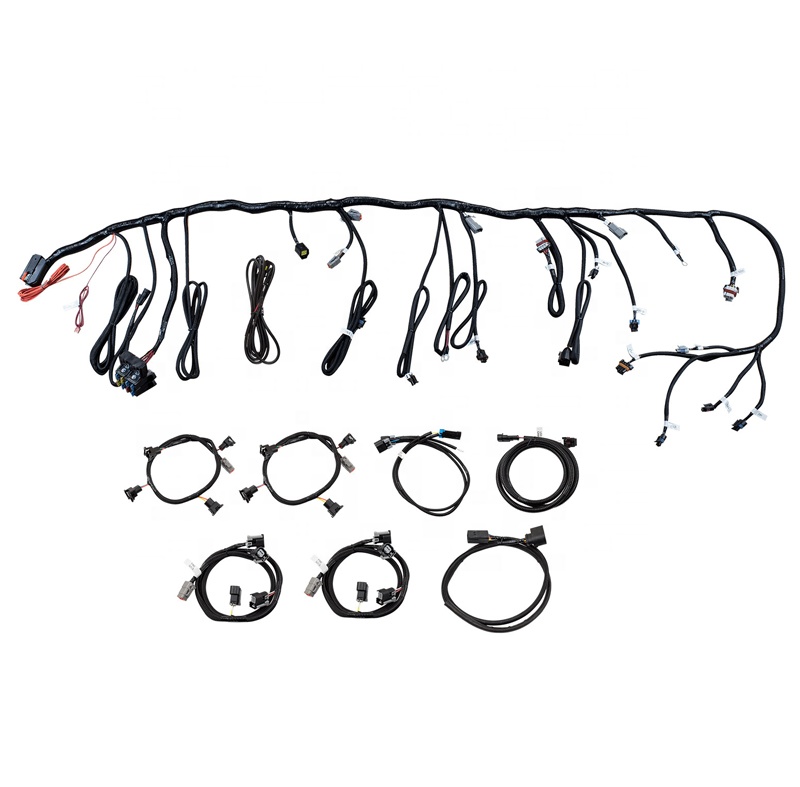 |
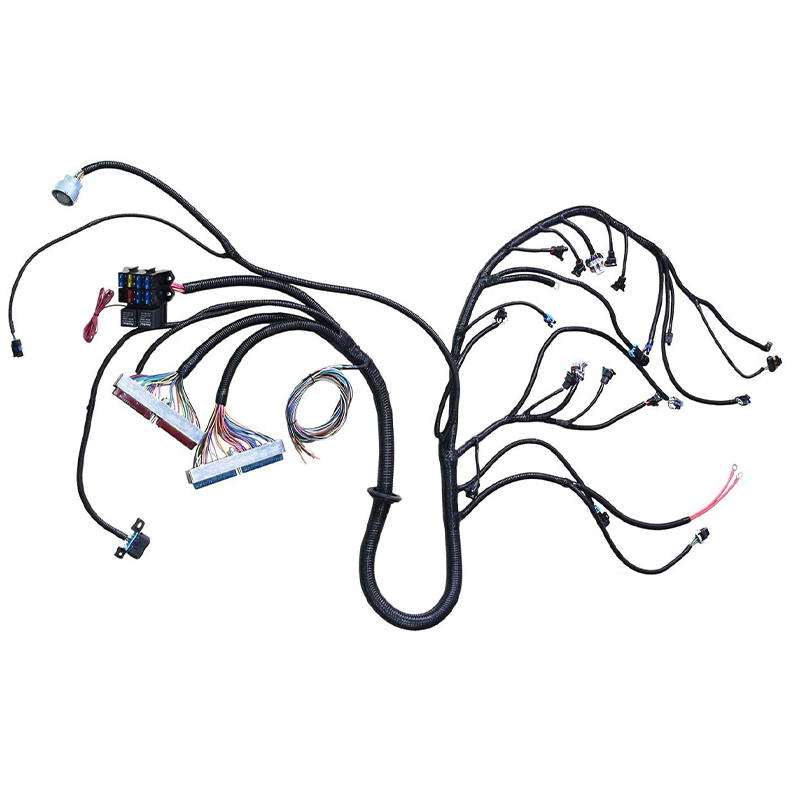 |
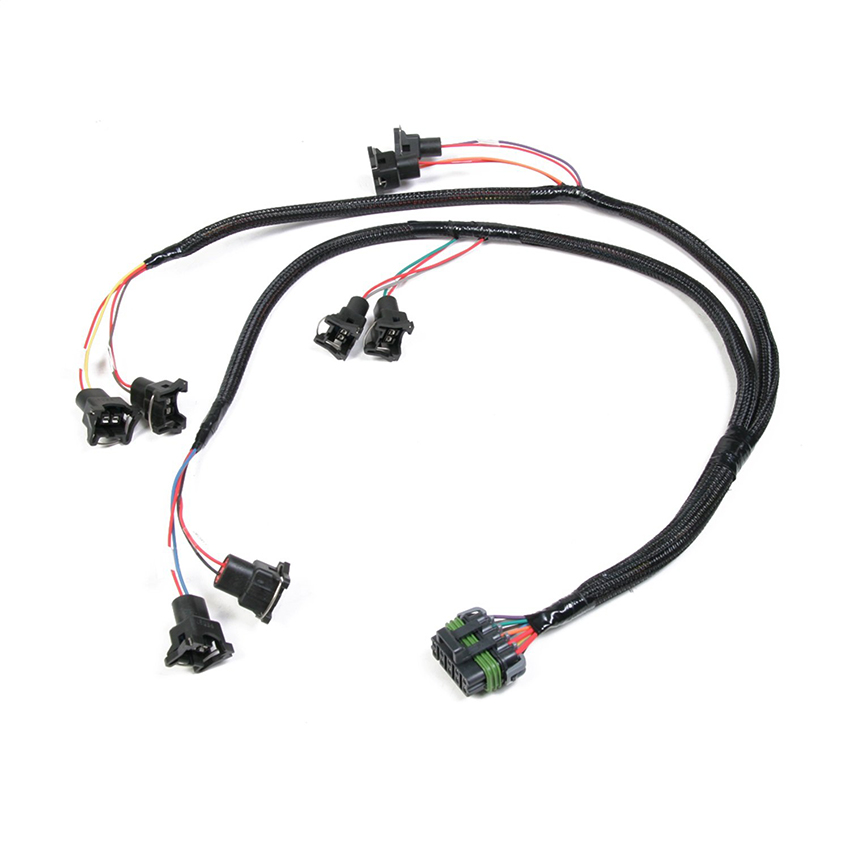 |
Send us an inquiry to custom your own engine wire harness.
